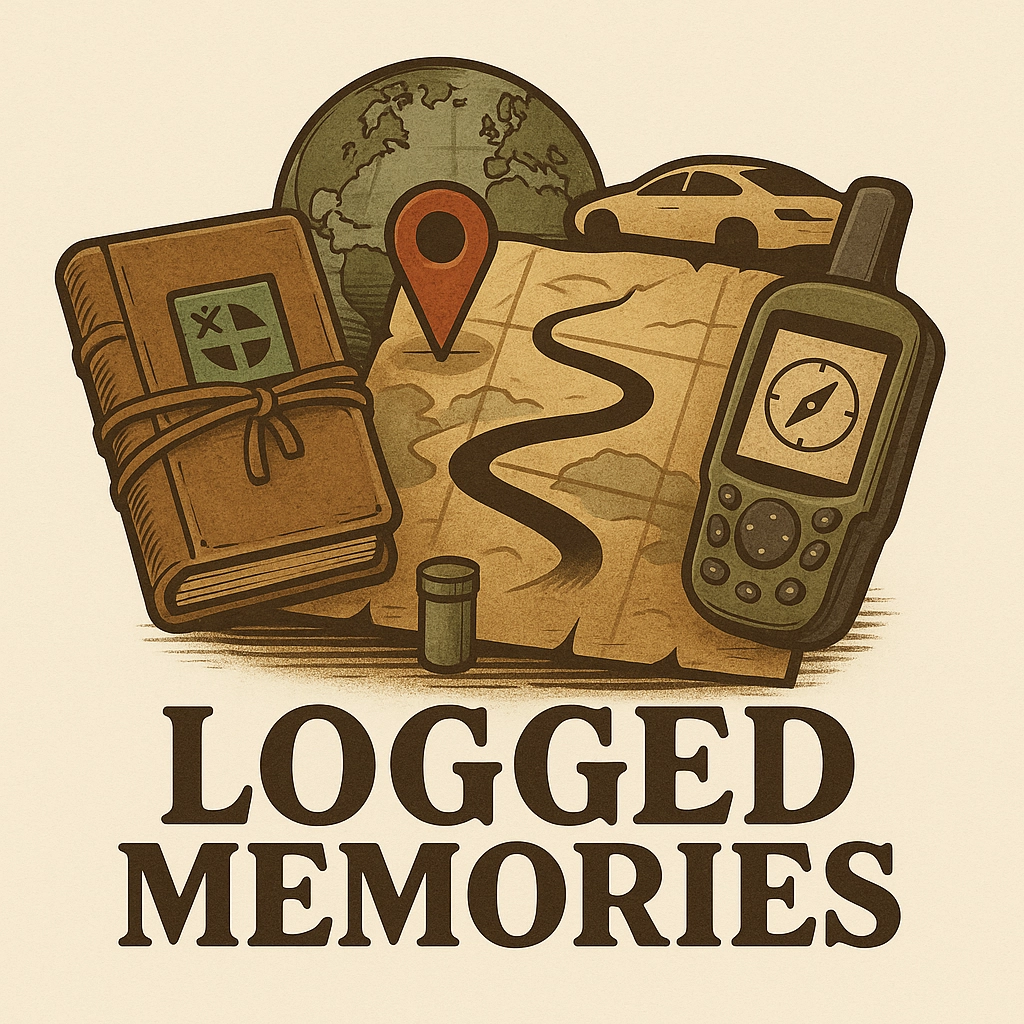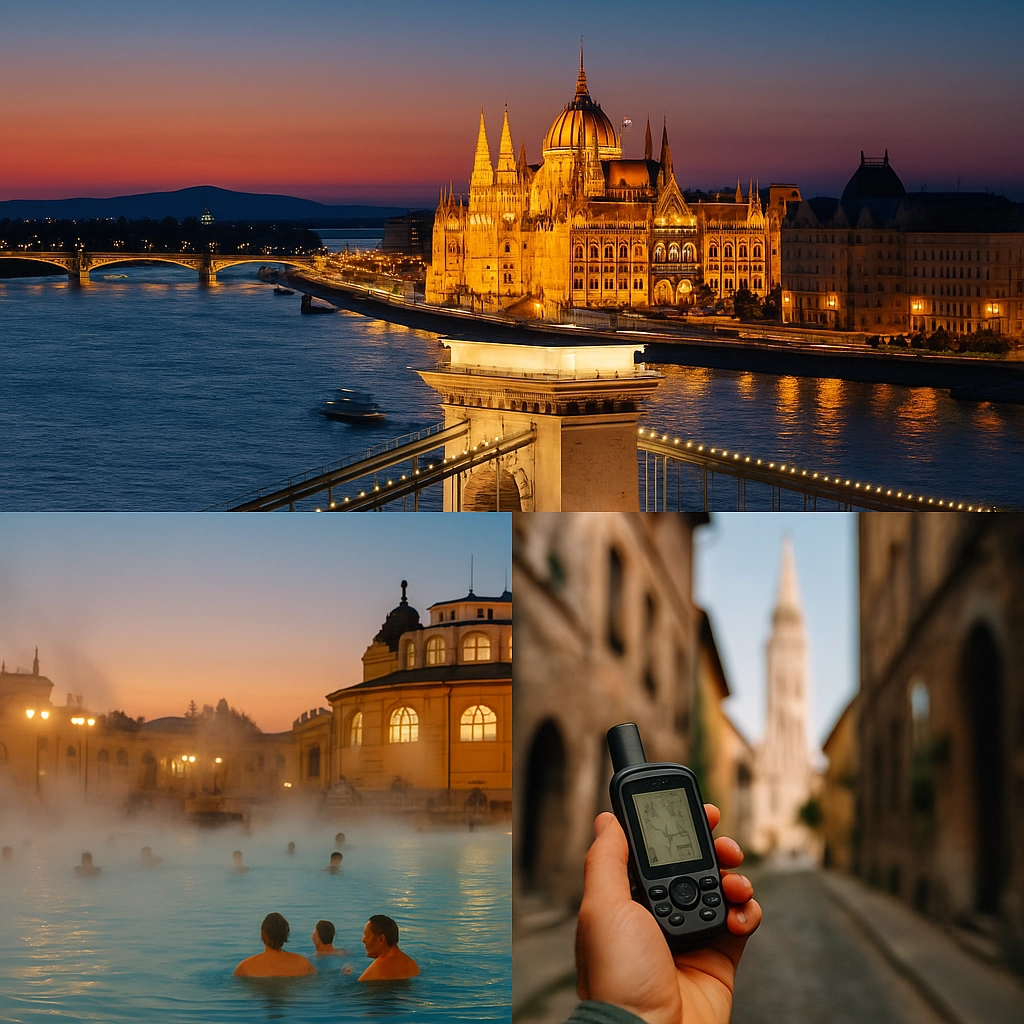Did you know you can learn geology while geocaching – and earn a smiley on the map at the same time? Welcome to the world of Earthcaches! This is a unique cache type where you don't search for a box, but for knowledge.
What is an Earthcache?
An Earthcache is a type of geocache focused on learning and exploration. Instead of finding a physical container, you visit a natural geological feature – like a waterfall, a cave, a pothole, or a mountain with a unique history. To log your find, you must answer a few questions based on what you observe on site.
Earthcaches are like outdoor science lessons. You'll learn about erosion, weathering, rock layers, geological processes, and Earth's development, while standing right where it all happened.
A Bit of History
The very first Earthcache was published in Australia in January 2004, as a collaboration between geocachers and the Geological Society of America (GSA). The goal was to make geology more accessible to the public – and to share scientific knowledge in an engaging way.
Since then, Earthcaches have become one of the most respected cache types. Today, you can find them all over the world – and in many protected areas and national parks, they are the only allowed cache type.
What Makes Earthcaches Unique?
🔹 No container, no swag – you log with answers and sometimes photos.
🔹 All caches have an educational purpose, approved by reviewers.
🔹 You must be on location to log – no armchair logging.
🔹 They are often high quality, in both placement and content.
A Variety of Experiences
Earthcaches come in all shapes and environments:
🪨 Mountains and formations: Learn why the Dolomites look the way they do, or how Preikestolen was formed.
🌋 Volcanoes and craters: Visit remains of volcanic activity in Iceland or the Eifel region of Germany.
💧 The power of water: Discover how rivers and glaciers have shaped the landscape – like the natural bridge in Spansdalen or the glacial potholes in Helvete.
🪂 Minerals and rocks: Tell granite from gneiss, or explore fossil beds and salt formations.
My Path to Earthcaches
I'll be honest: Earthcaches were a type I found difficult to understand at first. I tried reading the descriptions, but the language was often technical, and I felt like everything had to be perfect before I could submit an answer. Nobody wants to send in a half-baked response.
Then another geocacher told me something that changed my mindset: "Just give it a try. The whole point of an Earthcache is to learn. You won't always get it right the first time. Most cache owners are happy to help you learn."
That made it so much easier to start. Since then, I've submitted many answers and logged more and more Earthcaches over the years. I'm still not the biggest Earthcache collector out there, but I always make sure to look for interesting ones whenever I visit a new place.
And it didn’t stop there. I've even created two Earthcaches of my own! Publishing them was a huge personal achievement. It took a lot of research and patience, but it was incredibly rewarding to share geology with others in that way. I also have a personal favorite among the Earthcaches I’ve logged – one I wrote an entire blog post about. It led me to a place I never would have discovered without Geocaching, and that made the experience truly special.
A Tip for Beginners
Earthcaches might look intimidating, but start with the ones marked easy and treat it as an adventure. You don’t have to be a geologist – just curious. And remember: it's okay to message the cache owner if you're unsure.
Where to Find Them
Use the Geocaching app map and filter by the "Earthcache" type – the icon is a green globe 🌍. They're often located near tourist spots and scenic areas. Many Earthcaches also have multilingual descriptions and can be combined with other cache types.
Become an Earthcacher!
Next time you plan a trip, look for an Earthcache along your route. It will add a new dimension to your adventure – and you might return home with a deeper understanding of the landscape around you.





Comments